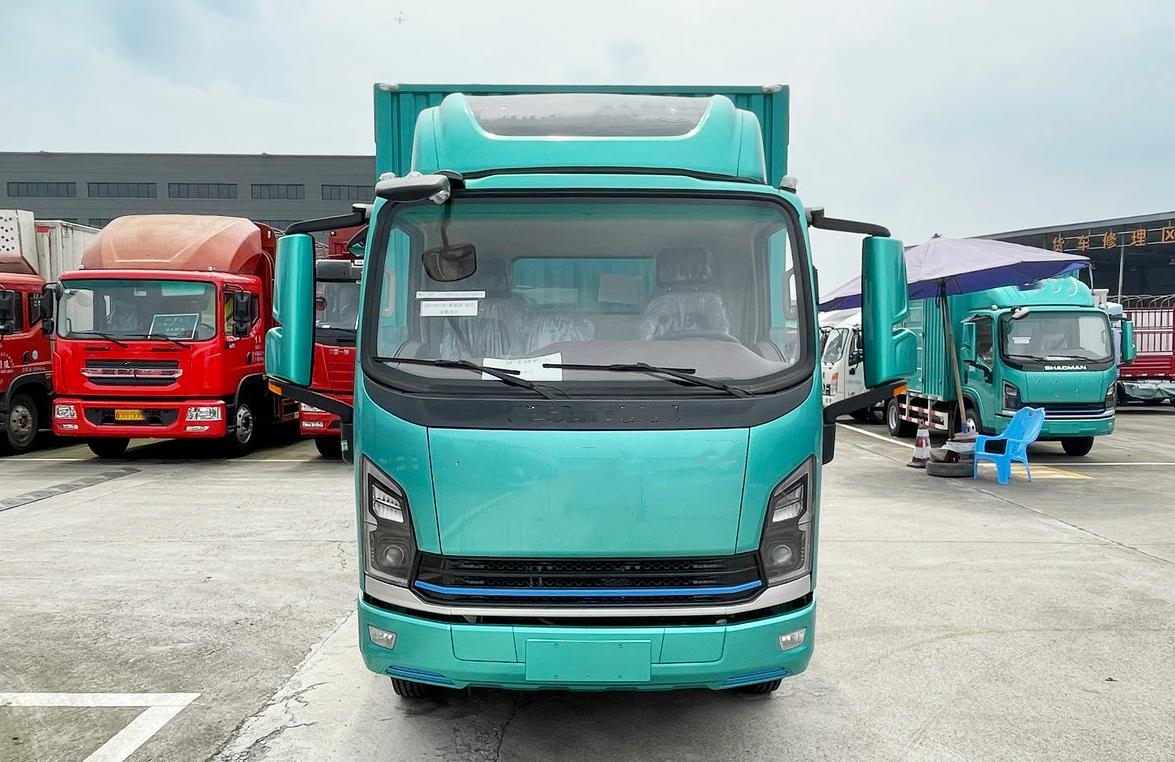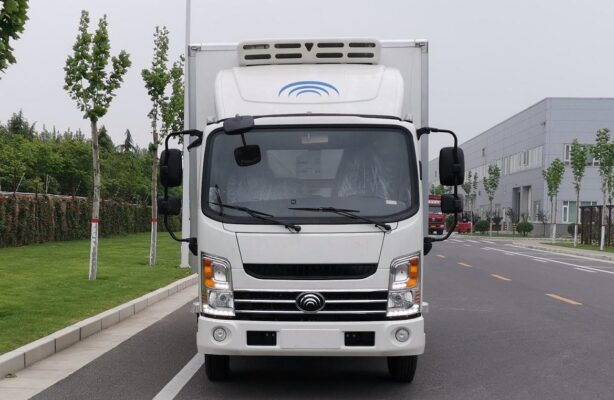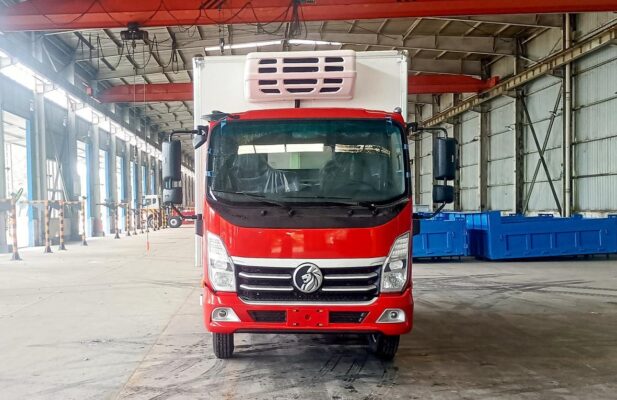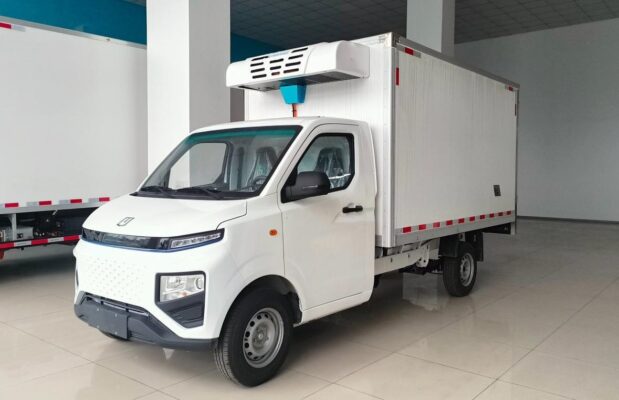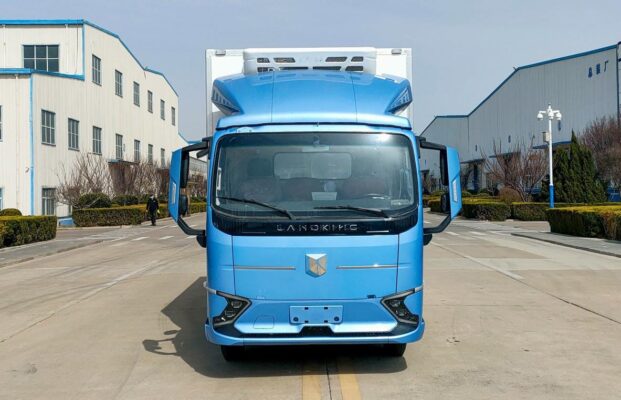Xov Xwm Tsheb Loj
Vim li cas cov tsheb thauj khoom hluav taws xob ua rau tib neeg xav tias xeev siab?
Experiencing nausea while riding in an electric pickup truck can be perplexing, especially given the growing popularity of these environmentally friendly vehicles. Many people report feeling discomfort, and understanding the underlying causes can help in finding effective remedies. This article delves into the reasons behind this discomfort and offers strategies to alleviate it.
1.Why Does Riding in an Electric Pickup Truck Cause Nausea?
Nausea in electric pickup trucks can primarily be attributed to two main factors:
- Lack of Engine Noise and Vibration:
One of the defining characteristics of electric vehicles, including pickups, is their quiet operation. Unlike traditional gasoline-powered trucks, which generate significant noise and vibrations from their internal combustion engines, electric pickups operate almost silently. This absence of sound and vibration can disrupt the body’s ability to gauge its movement and balance. The human sensory system relies on various signals, including auditory and tactile feedback, to maintain equilibrium. When these signals are diminished or absent, as in the case of riding in an electric pickup, the body may struggle to reconcile its internal sensations with external visual cues, leading to confusion and resulting in nausea. - Smoother Acceleration:
Electric pickups utilize electric motors that offer a different driving experience compared to internal combustion engines. One notable aspect is the smooth and gradual acceleration they provide. While this feature enhances comfort during driving, it can also contribute to motion sickness. In traditional vehicles, the abrupt changes in acceleration are often accompanied by corresponding sounds and vibrations, which help the body anticipate and adjust to the changes in motion. In contrast, the lack of these sensory cues in electric pickups can create a mismatch between what a passenger sees and what their inner ear senses, potentially triggering feelings of nausea.
2.Do All People Feel Nauseous in Electric Pickup Trucks?
Not everyone experiences nausea while riding in electric pickups. Individual differences play a significant role in how people respond to these vehicles. Some individuals may have a heightened sensitivity to sensory changes, making them more prone to discomfort and nausea in environments with minimal auditory and vibrational feedback. Others might have more adaptable sensory systems, allowing them to ride comfortably in electric pickups without any adverse effects. Factors such as previous experiences with motion sickness, personal tolerance levels, and even psychological aspects can influence whether someone feels nauseous in an electric vehicle.
3.Are There Ways to Alleviate Nausea When Riding in Electric Pickup Trucks?
If nausea occurs while riding in an electric pickup, several strategies can be employed to alleviate discomfort:
- Avoid the Back Seat:
Passengers sitting in the back seat may be more susceptible to nausea due to reduced exposure to vibrations and sounds that help stabilize the sensory system. Opting for a front seat can provide a better sense of stability and control, potentially reducing the risk of nausea. - Adjust Seat Position:
Finding a comfortable seating position is crucial. Passengers should adjust the seat’s angle and height to ensure they feel supported and stable. A comfortable seating arrangement can help mitigate feelings of discomfort and nausea. - Use Mint or Citrus Scents:
Scents like mint or citrus can help alleviate nausea. Chewing gum, sucking on mints, or even inhaling lemon or orange scents can stimulate the senses and distract from feelings of nausea. These scents are known to have a calming effect and can be beneficial during a ride. - Take Breaks:
If nausea occurs, it’s essential to take a break. Stopping the vehicle, getting some fresh air, or taking a moment to breathe can help the body recover from feelings of discomfort. Taking breaks allows passengers to reset their sensory systems and regain a sense of balance.
4.Why Do Electric Pickup Trucks Cause Motion Sickness and Nausea?
The motion sickness and nausea experienced in electric pickups can be likened to that experienced in other modes of transportation, such as boats or amusement park rides. The core issue revolves around the mismatch between the balance information perceived by the inner ear and the visual information that the eyes receive. In electric pickups, the lack of engine noise and vibrations prevents the sensory system from acquiring stable reference points, resulting in disorientation.
Piv txwv, if a passenger’s inner ear senses movement (such as acceleration or turning), but their eyes do not perceive corresponding visual cues (like a road ahead), the brain receives conflicting information. This sensory conflict can lead to symptoms of motion sickness, including nausea, dizziness, and discomfort. This phenomenon is common in various situations, highlighting the importance of sensory feedback in maintaining equilibrium.
5.Can Nausea and Motion Sickness Be Prevented While Riding in Electric Pickup Trucks?
While some individuals may be more prone to nausea and motion sickness than others, there are preventative measures that can help reduce discomfort when riding in electric pickups:
- Choose the Front Seat:
Opting for the front seat can provide better visual stability. Passengers can see the road ahead and anticipate movements, which can help synchronize their visual and vestibular inputs, reducing the likelihood of nausea. - Adjust Seating:
Taking the time to find a comfortable seating position is crucial. Passengers should adjust their seats to provide optimal support and minimize strain. This adjustment can help mitigate discomfort during the ride. - Maintain Eye Contact with the Driver:
Keeping eye contact with the driver can enhance visual stability. Watching the driver’s actions and the road can create a more consistent sensory experience, which may help reduce feelings of nausea. - Take Preventive Measures:
If nausea or motion sickness begins to manifest, it’s crucial to take preventive measures. This might include stopping the vehicle, taking deep breaths, or utilizing some of the previously mentioned strategies like scent therapy or adjusting the seating.
Conclusion
Nausea associated with riding in electric pickups primarily arises from two factors: the absence of engine noise and vibrations, and the smoother acceleration provided by electric motors. These factors can lead to a sensory mismatch, resulting in discomfort for some passengers. However, individual differences play a significant role in this experience, with some people more sensitive to the unique driving characteristics of electric vehicles.
By implementing strategies such as choosing the front seat, adjusting seating positions, using calming scents, and taking breaks when necessary, individuals can mitigate feelings of nausea. Ntxiv thiab, understanding the underlying causes of this discomfort can help passengers better prepare for a more comfortable ride.
As electric vehicles continue to gain traction in the market, addressing these sensory challenges will be crucial in enhancing the overall driving experience for all passengers. Through ongoing advancements in vehicle design and increased awareness of passenger comfort, electric pickups can provide not only a sustainable mode of transportation but also a pleasant riding experience.
